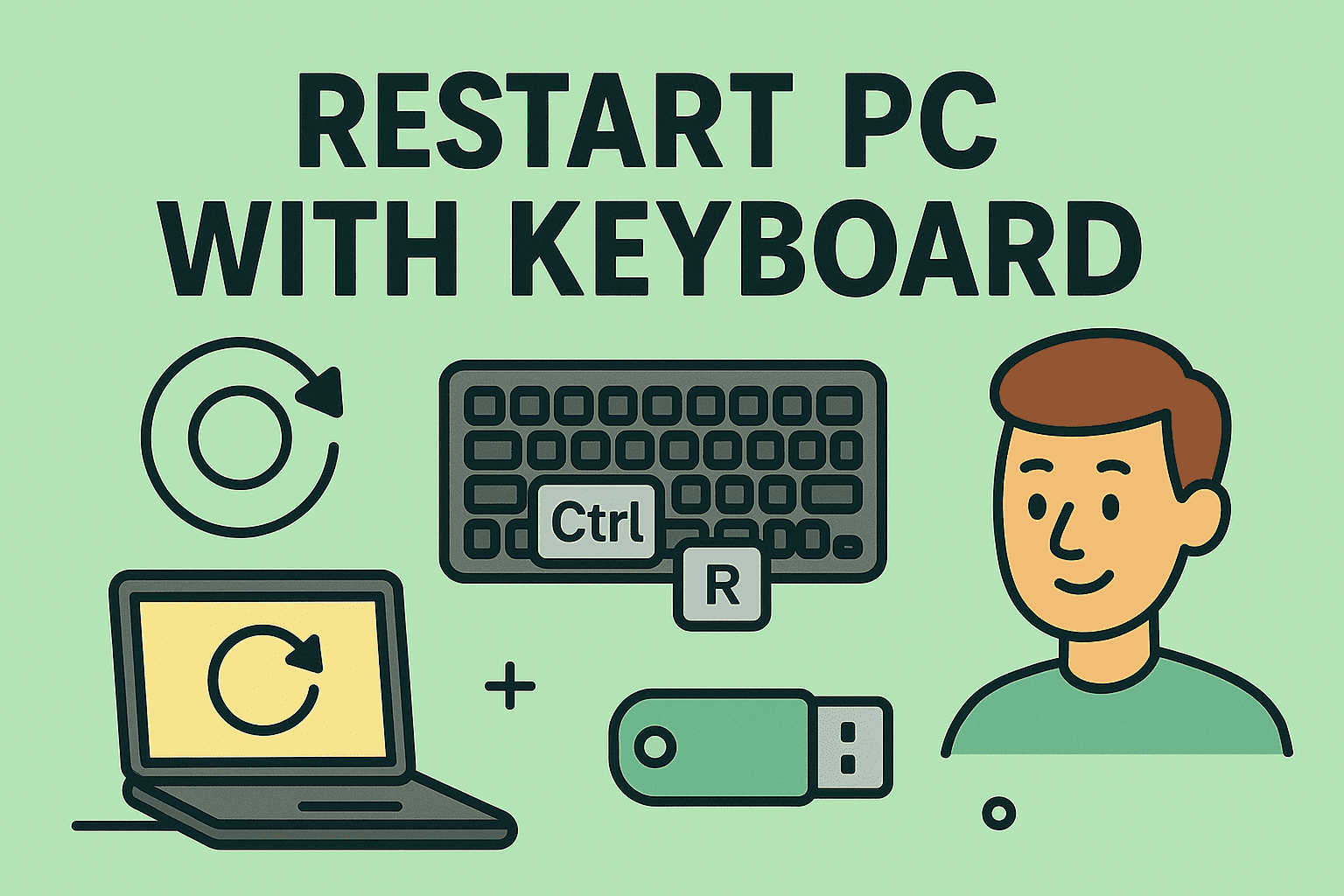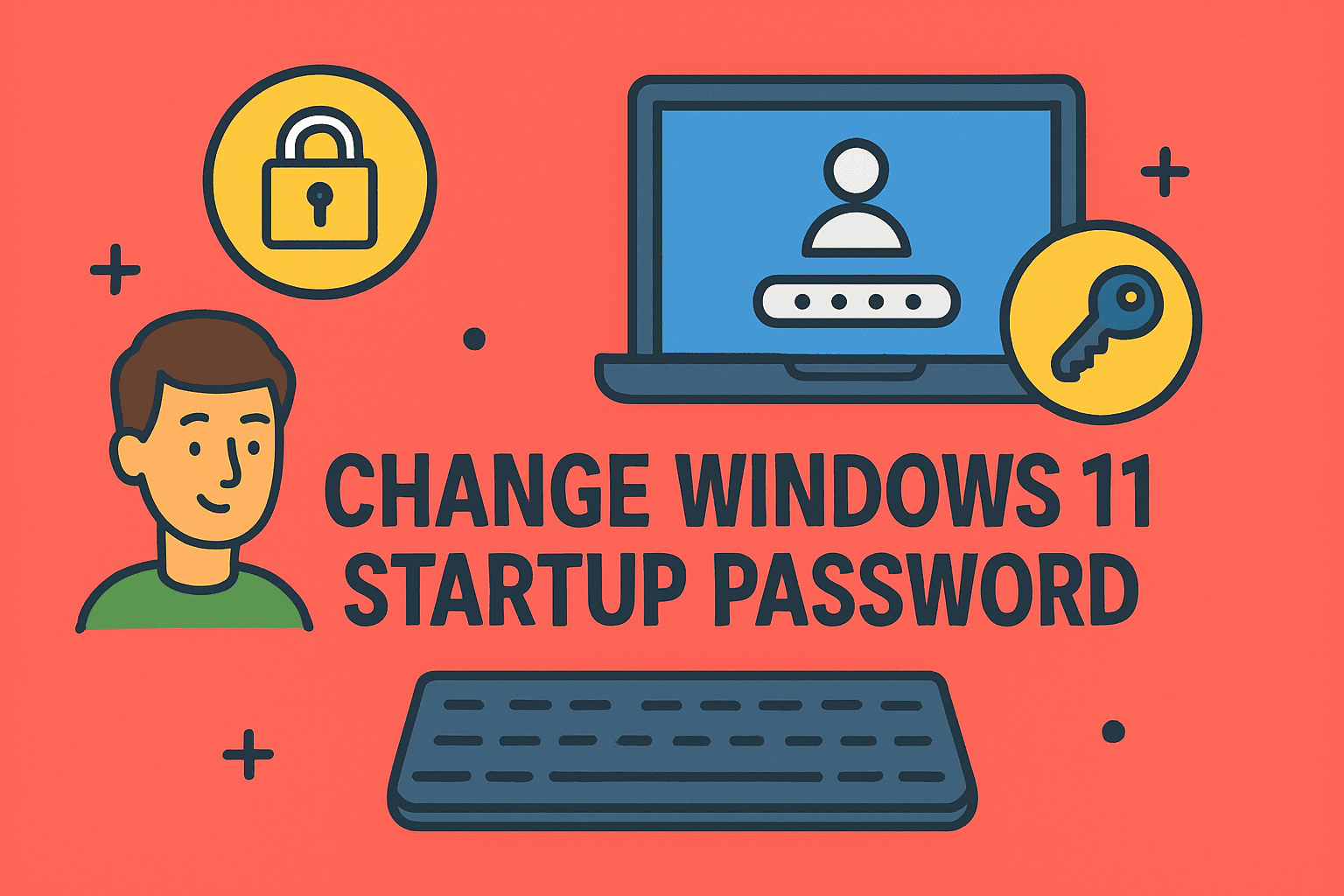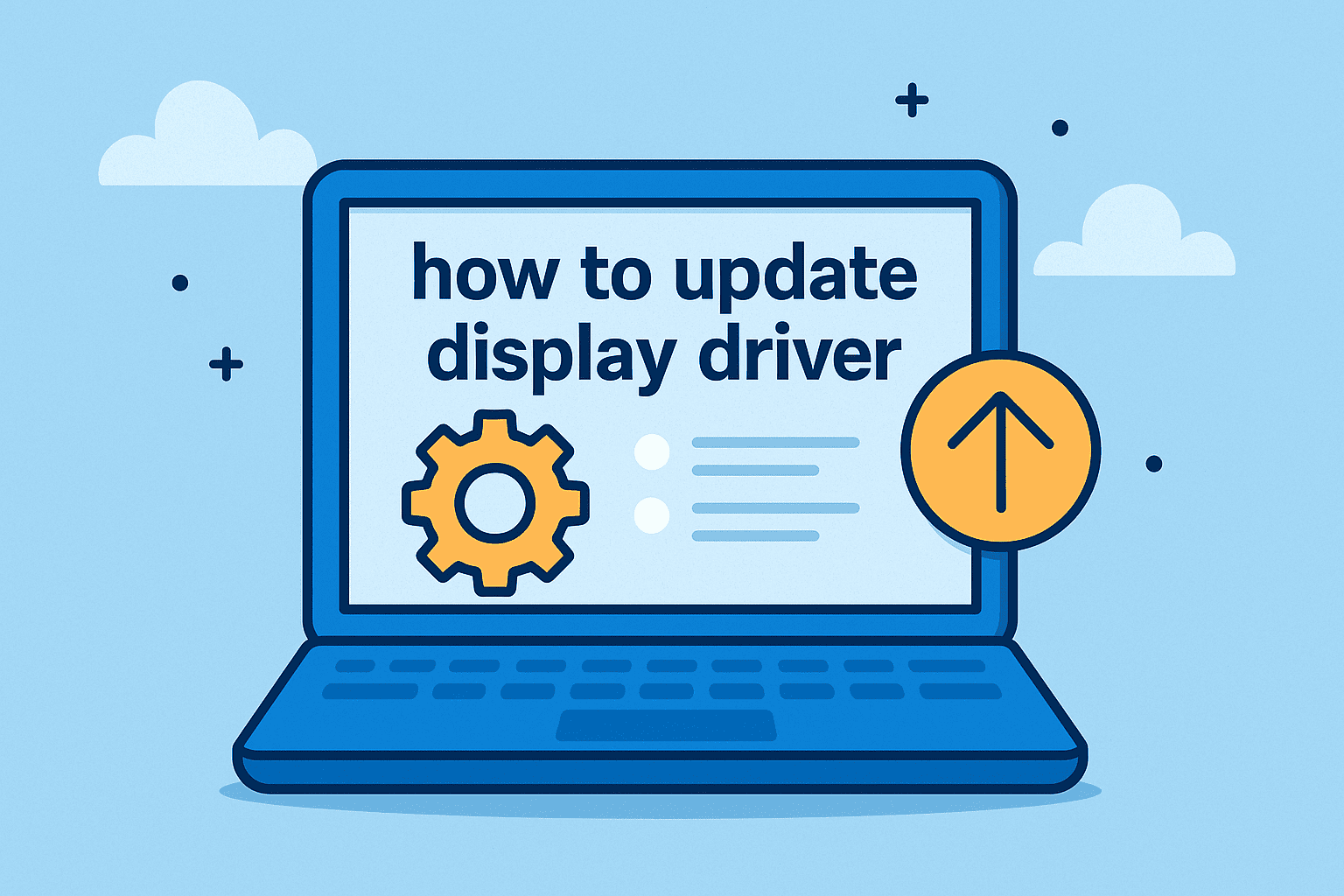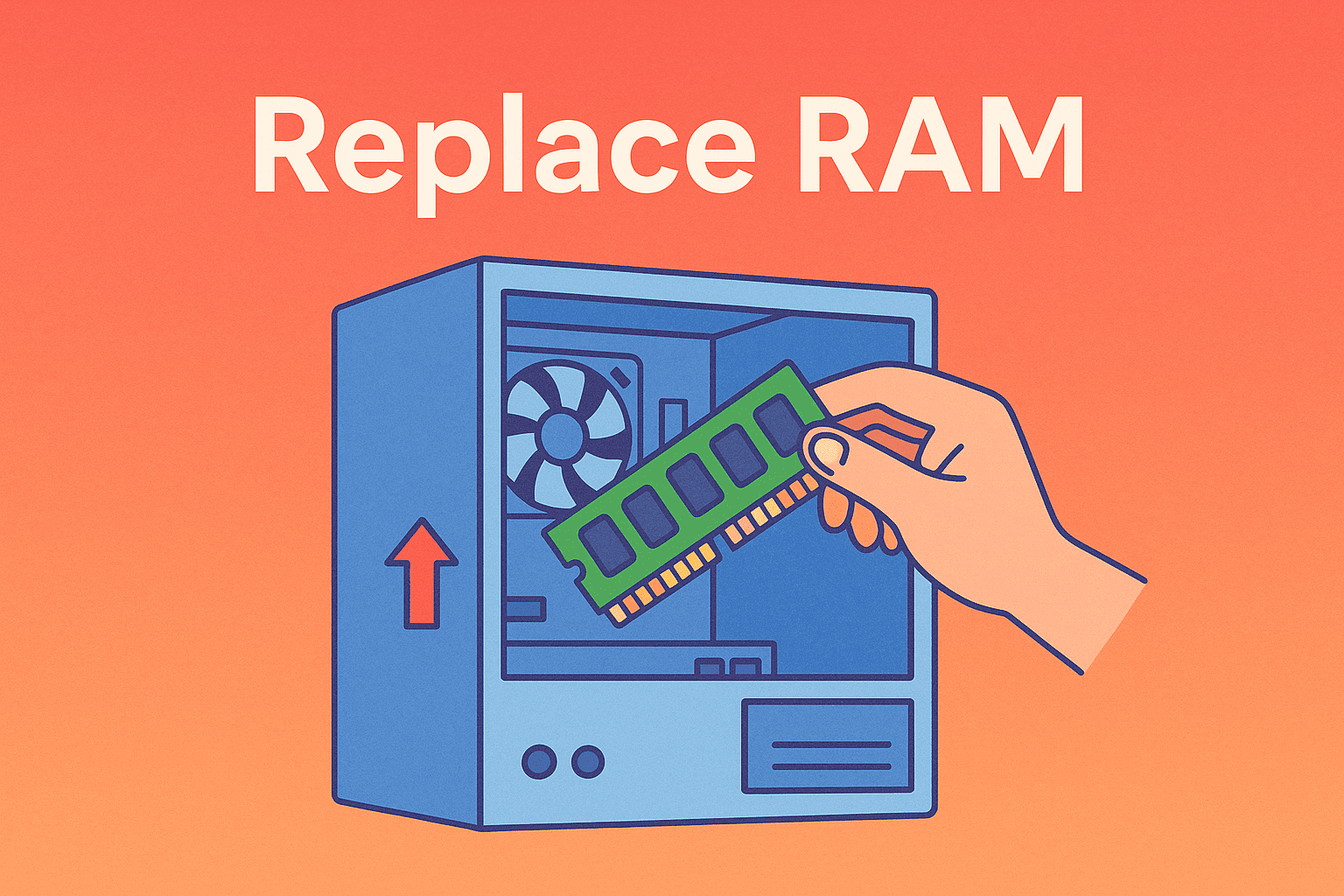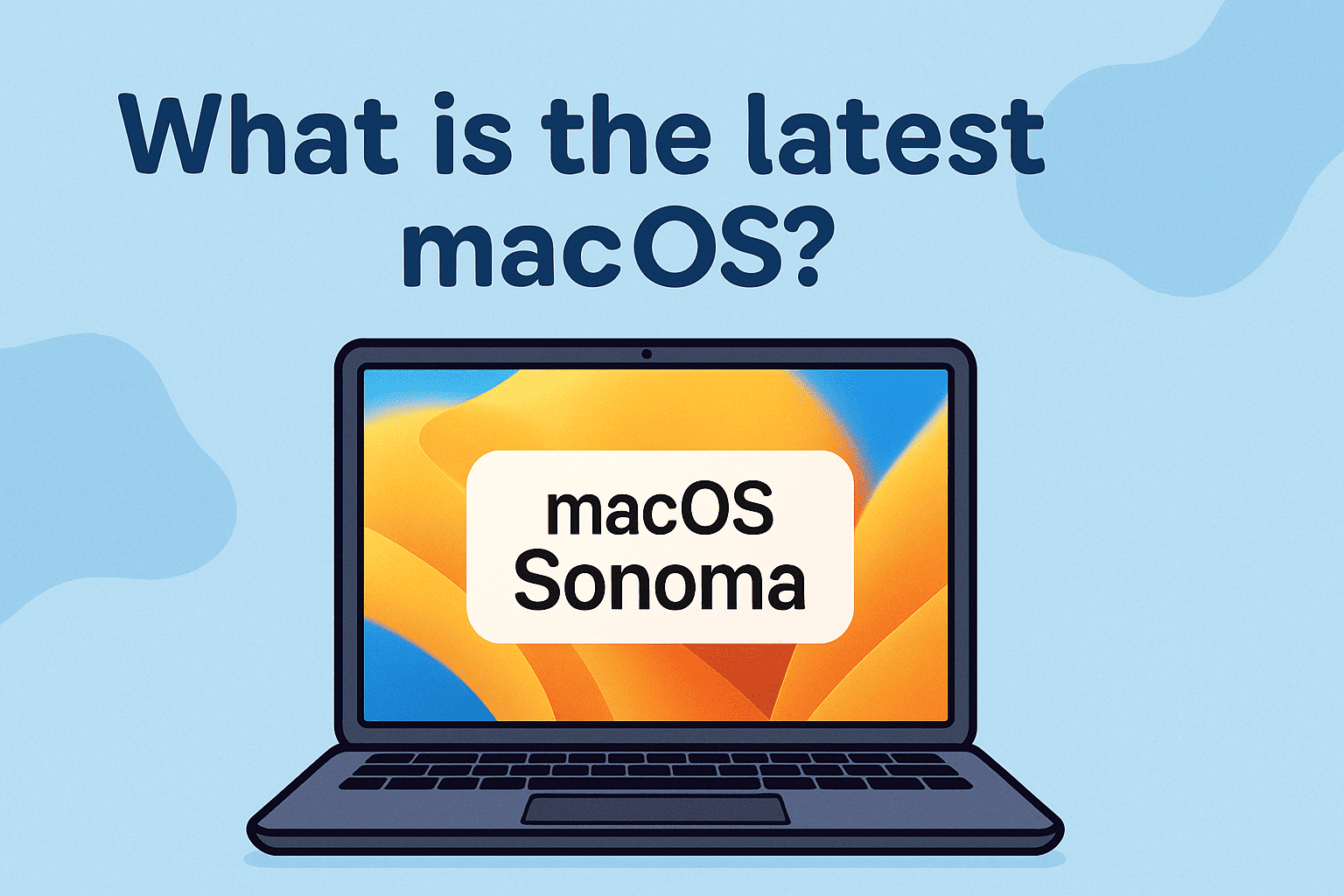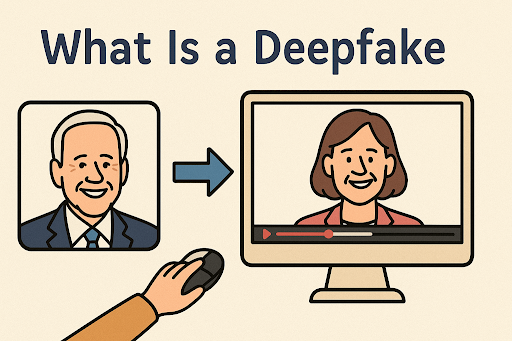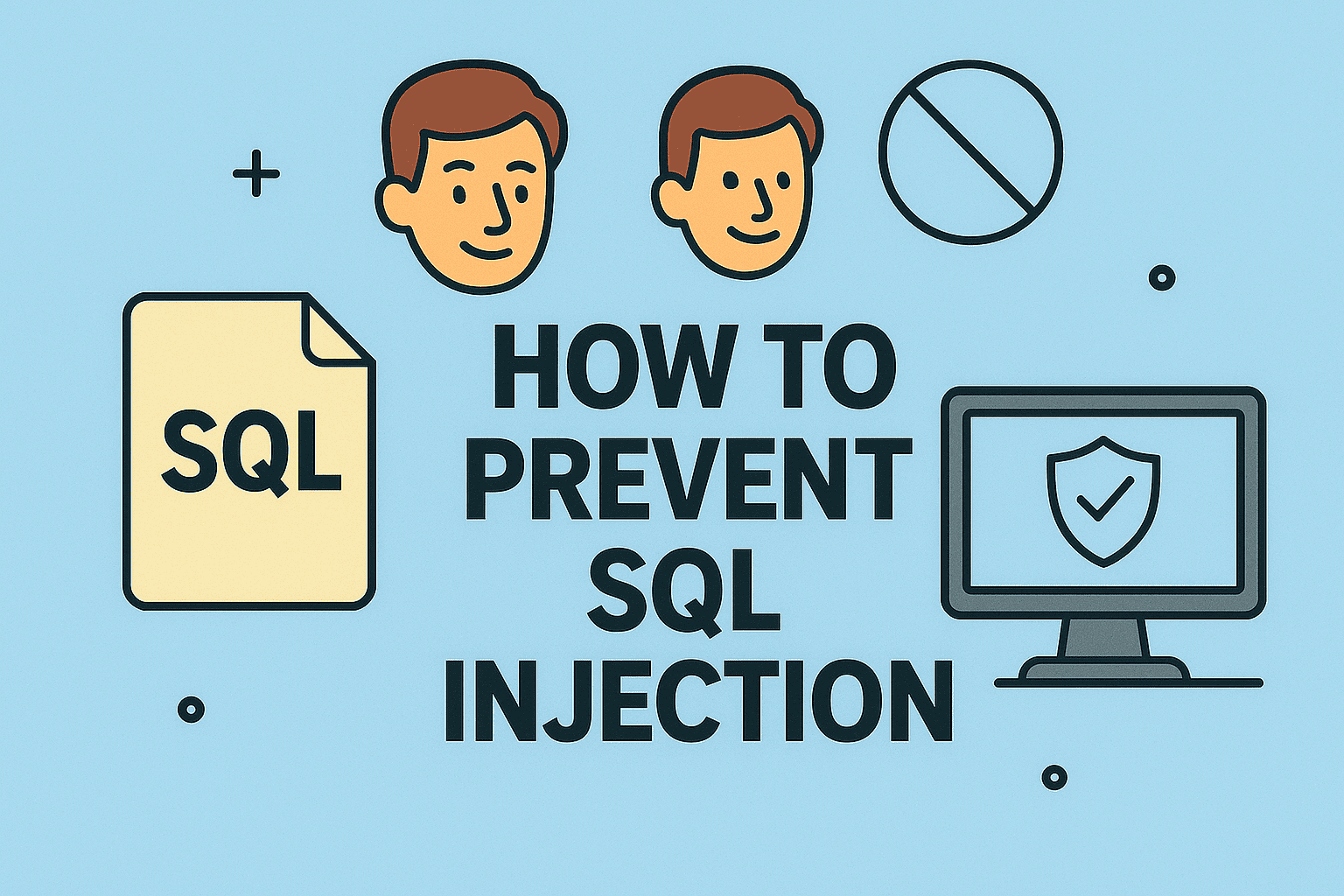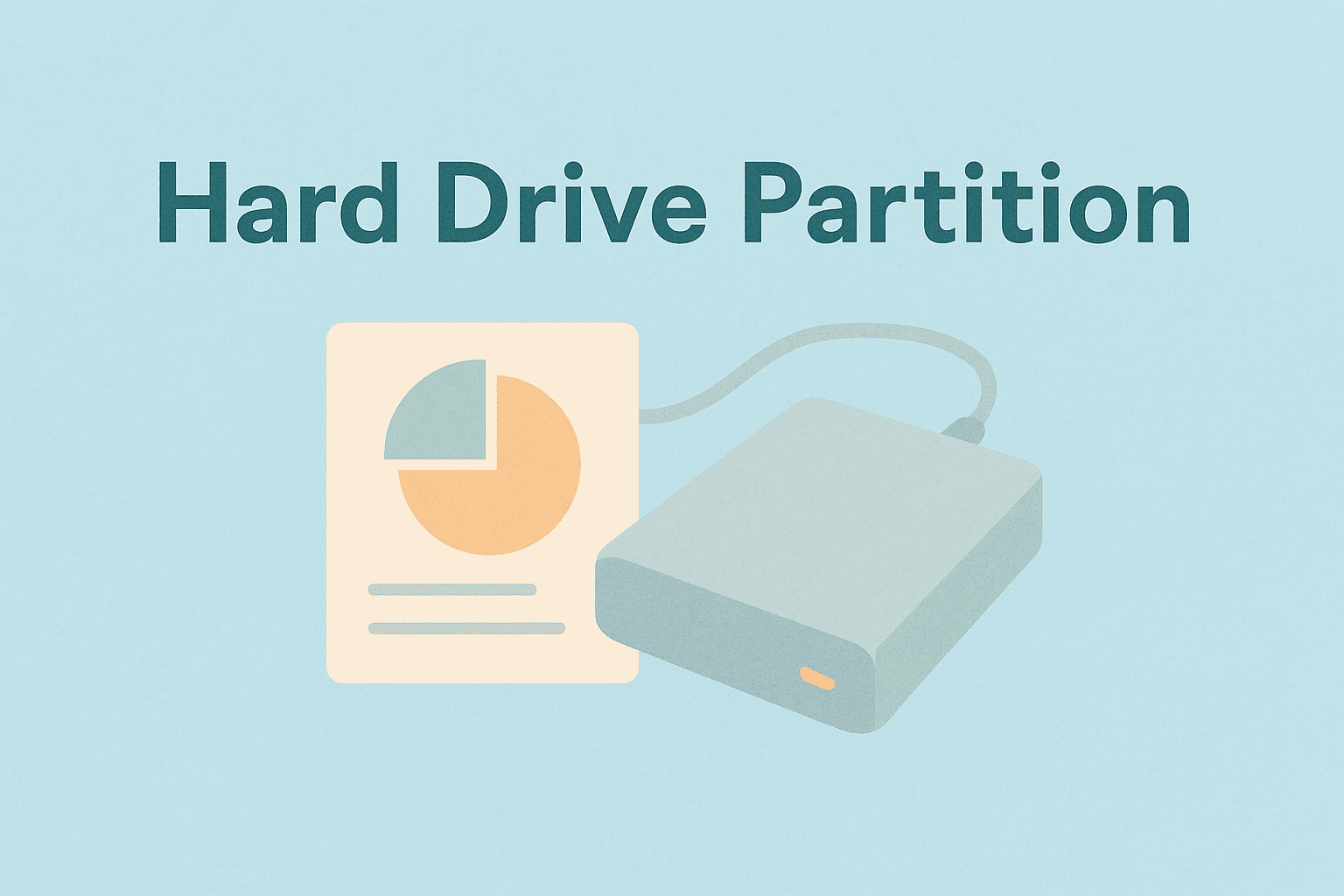Finding the Right RAM Size for Your Needs
Updated on September 18, 2025, by ITarian
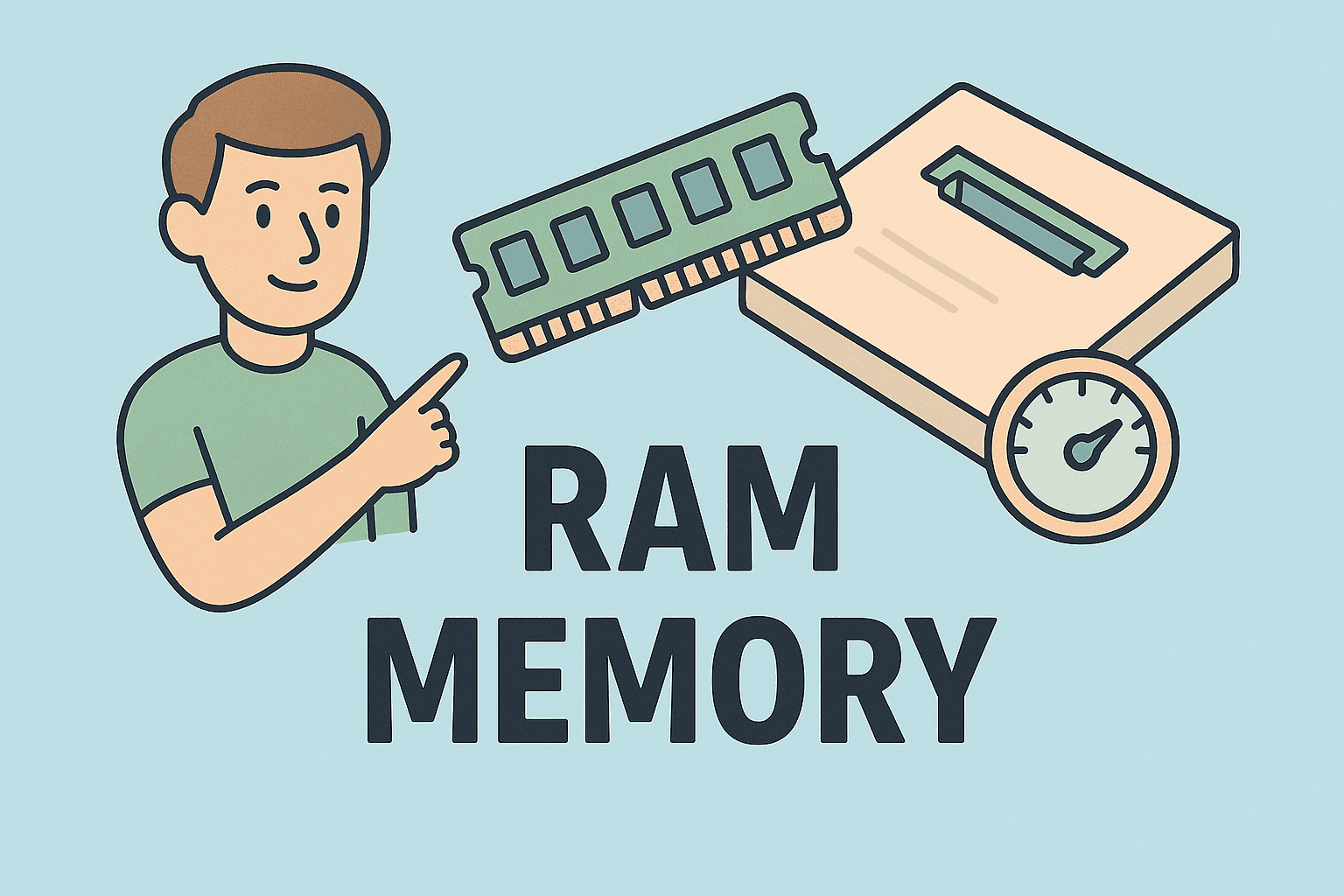
Ever wondered, “how much memory RAM do I need” to keep your computer running smoothly? Whether you’re an IT manager configuring enterprise systems, a cybersecurity professional running multiple virtual machines, or a CEO buying new workstations, understanding RAM is crucial. Insufficient memory can cripple performance, while overspending on unnecessary RAM wastes budget.
In this article, we’ll break down how RAM works, typical memory requirements for various workloads, and how to decide the right amount for your specific use case—ensuring both performance and cost efficiency.
What Is RAM and Why It Matters
RAM (Random Access Memory) is the short-term memory your computer uses to store data for active tasks. Unlike storage drives (HDD/SSD), RAM is volatile—it resets every time you shut down.
Key roles of RAM:
- Stores temporary data for open applications
- Allows multitasking without performance lag
- Directly impacts speed and responsiveness
- Influences how many browser tabs or programs can run simultaneously
Secondary keywords: recommended RAM size, how much RAM for gaming, system memory requirements, RAM for business computers
How to Evaluate Your RAM Needs
When asking how much memory RAM do I need, consider three main factors:
- Type of Usage – light tasks vs. heavy workloads
- Operating System – Windows, macOS, or Linux RAM footprints differ
- Future-Proofing – planning for upcoming software needs
General RAM Recommendations
| Use Case | Recommended RAM |
| Basic web browsing, email | 4–8 GB |
| Office productivity, light multitasking | 8–16 GB |
| Content creation, editing, programming | 16–32 GB |
| Virtualization, software compiling | 32–64 GB |
| High-end gaming, 3D rendering | 32–64 GB+ |
RAM Requirements for Windows Systems
Windows tends to use more RAM than macOS or Linux due to background services.
Minimum and ideal RAM:
- Windows 10/11 (64-bit):
- Minimum: 4 GB
- Ideal: 8–16 GB for office, 32 GB+ for creative workloads
- Enterprise environments:
- Use 16 GB as a baseline for knowledge workers
- 32–64 GB for developers, analysts, and security tools
Tips for Windows users:
- Disable startup apps to reduce RAM load
- Monitor usage via Task Manager > Performance > Memory
RAM Requirements for macOS Systems
Apple’s macOS is highly optimized but resource-intensive for creative apps.
General guidelines:
- Basic tasks: 8 GB is workable, 16 GB preferred
- Music/video editing: 32 GB+ recommended
- Virtual machines and development: 32–64 GB
Note: Apple’s M-series Macs have unified memory, making it non-upgradable—buy as much as you might need in the future.
RAM Needs for Linux and Virtualization
Linux can run on low memory, but enterprise setups often need more due to virtualization.
Examples:
- Lightweight distros (Ubuntu, Debian): 4–8 GB
- Development or servers: 16–32 GB
- Multiple VMs or containers: 64 GB+
Pro Tip: Allocate at least 4 GB per active VM, plus 8 GB for the host system.
How Much RAM for Gaming and Graphics-Intensive Tasks
Gaming is memory-intensive, especially modern AAA titles.
Recommendations:
- Casual gaming: 16 GB
- Competitive/modern games: 32 GB
- 4K gaming and streaming: 32–64 GB
Graphics/video editing:
- Adobe Creative Suite or 4K editing: 32–64 GB
- 3D rendering and animation: 64 GB+ with fast SSD scratch disks
Signs You Don’t Have Enough RAM
If you’re unsure how much memory RAM do I need, check for these symptoms of low RAM:
- Frequent freezing or system lag
- High disk usage from swap/page files
- Slow app switching or opening
- Web browsers crashing with many tabs
- “Out of memory” errors in task-heavy apps
How to check:
- Windows: Task Manager > Performance > Memory
- Mac: Activity Monitor > Memory
- Linux: free -h or htop
How to Determine Your Current RAM Usage
Before upgrading, see how much you actually use:
On Windows:
- Press Ctrl + Shift + Esc
- Go to Performance > Memory
- Observe In Use vs Available
On Mac:
- Open Activity Monitor
- Select the Memory tab
- Check Memory Pressure and Used Memory
On Linux:
Run:
free -h
If usage regularly approaches your total RAM, you likely need an upgrade.
Choosing the Right RAM Configuration
When upgrading or buying new systems:
- Match speeds: Faster RAM improves performance slightly, but capacity is more important
- Dual-channel setups: Two identical sticks are faster than one large stick
- Check compatibility: Match your motherboard’s RAM type (DDR4, DDR5, etc.)
- ECC RAM for servers: Use Error-Correcting Code RAM for reliability in enterprise systems
Future-Proofing Your RAM Investment
As software grows more demanding, plan ahead:
- Add 25–50% more RAM than your current needs
- Consider upgradability—many laptops and new Macs are non-upgradable
- For business environments, standardize RAM configurations for easier maintenance
RAM and Cybersecurity Tools
Cybersecurity professionals often run multiple security tools, sandboxes, and VMs, all of which consume large amounts of RAM.
Recommendations:
- 32 GB minimum for security analysis workstations
- 64 GB+ for malware labs or SOC environments
- Prioritize fast SSDs alongside RAM for optimal performance
FAQs
1. Is 8 GB of RAM enough for Windows 11?
Yes, for light office and browsing tasks. But 16 GB is better for smooth multitasking and performance.
2. How much RAM do I need for gaming?
16 GB is fine for most games, but 32 GB ensures smooth performance for new and future titles.
3. Will adding more RAM speed up my computer?
Yes, if your system is currently bottlenecked by low memory. If you have plenty free, it won’t make much difference.
4. Can I mix different RAM sizes?
Yes, but it’s not recommended. Matched sizes and speeds work better and more reliably in dual-channel mode.
5. How much RAM do I need for virtual machines?
Plan at least 4 GB per VM plus 8 GB for the host system. For multiple VMs, 32–64 GB or more may be required.
Conclusion
Determining how much memory RAM do I need depends on your workload, operating system, and future needs. Light users can thrive on 8–16 GB, while IT managers, developers, and security professionals often need 32–64 GB or more. By assessing your current usage and planning for growth, you can build a system that’s fast, efficient, and ready for tomorrow’s demands.
Enhance Your IT Infrastructure Today
Upgrade your systems with the right performance and security tools.
Start your free trial with Itarian and simplify endpoint management across your organization.


